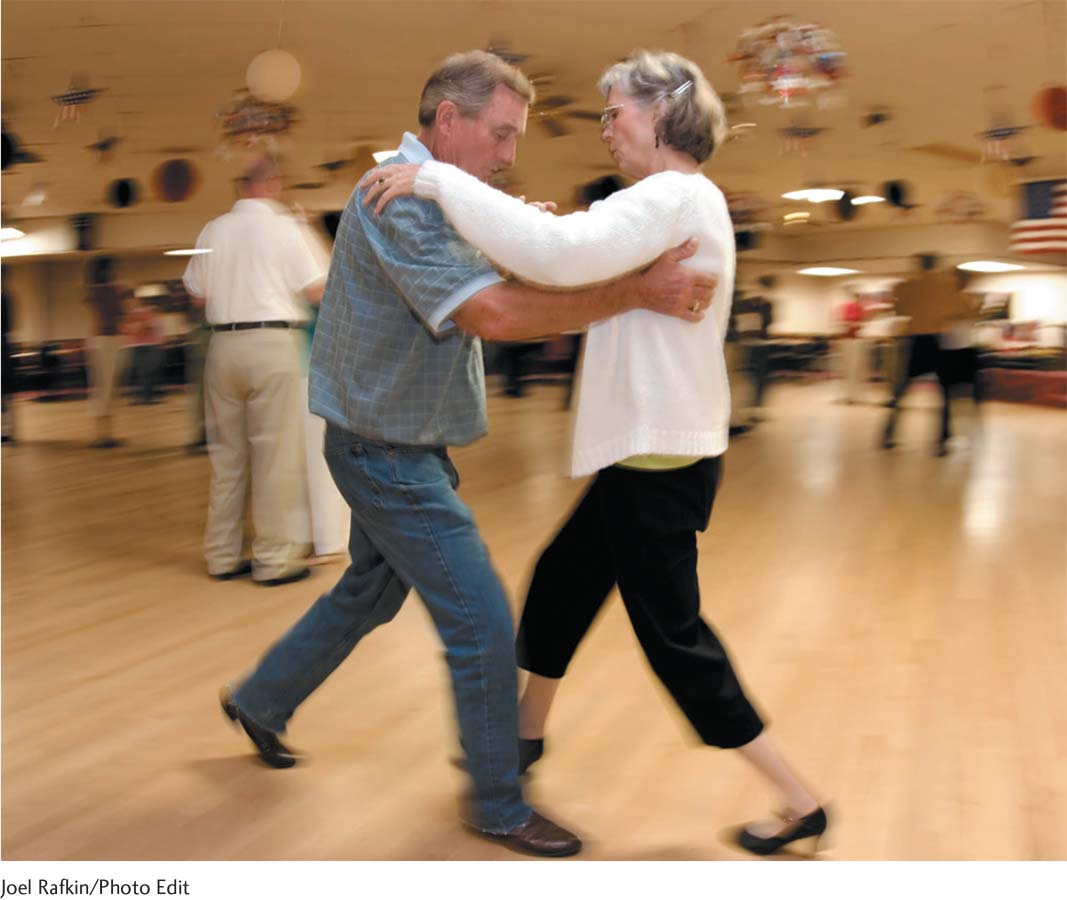12.1 Setting the Context
358
If you are like most people reading this chapter, you believe we enter middle age at about age 40 and exit this life stage at age 60 or 65 (Etaugh & Bridges, 2006; Lachman, 2004). Your parents or grandparents might not agree. In U.S. surveys, roughly half of all people in their late sixties and seventies call themselves middle-

At the other extreme, you may know a middle-
What causes one midlife adult to embrace aging and another to feel frightened about the years ahead? One poll showed an important influence fostering a downbeat view of the future, as I just suggested, is health concerns—
Gender and socioeconomic status make a difference, with females and affluent adults having more upbeat aging attitudes than their peers (more about these forces in Chapter 14). But personality matters most. A basic temperamental trait called neuroticism is almost certain to cloud people’s view about the older years (Miche and others, 2014).
What exactly is neuroticism, and how do personality and cognition change as we travel into life’s afternoon? What role concerns become salient during the middle years? This chapter tackles these topics one by one.